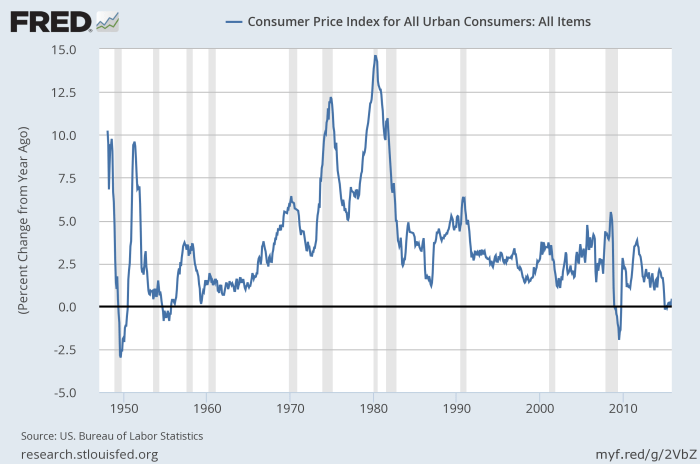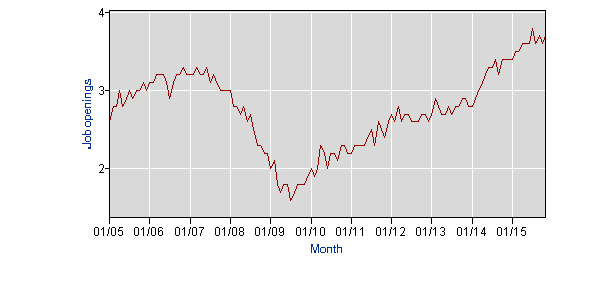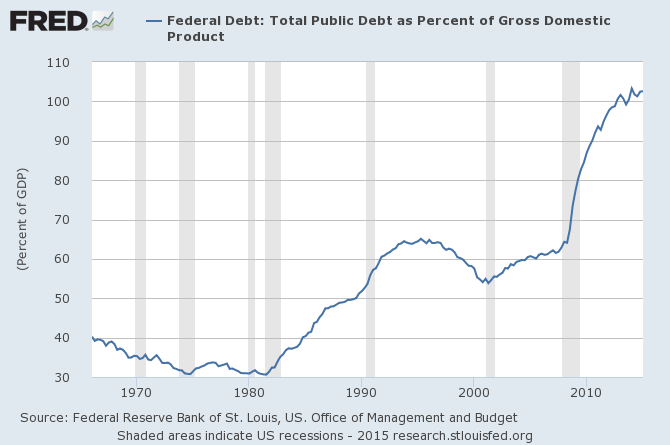JDN 2457419
By now you’ve probably heard about the water crisis in Flint, where for almost two years highly dangerous levels of lead were in the city water system, poisoning thousands of people—including over 8,000 children. Many of these children will suffer permanent brain damage. We can expect a crime spike in the area once they get older; reduction in lead exposure may explain as much as half of the decline in crime in the United States—and increase in lead exposure will likely have the opposite effect. At least 10 people have already died.
A state of emergency has now been declared. Governor Snyder of Michigan will be asked to testify in Congress—and what he says had better be good. We have emails showing that he knew about the lead problems as early as February 2015, and as far as we can tell he did absolutely nothing until it all became public.
President Obama has said that the crisis was “inexplicable and inexcusable”. Inexcusable, certainly—but inexplicable? Hardly.
Indeed, this is a taste of the world that Republicans and Libertarians want us to live in, a world where corporations can do whatever they want and get away with it; a world where you can pollute any river, poison any population, and as long as you did it to help rich people get richer no one will stop you.
Every time someone says that our environmental regulations are “too harsh” or “stifle business” or are based on “environmentalist alarmism”, I want you to think of lead in the water in Flint.
Every time someone says that we need to “cut wasteful government spending” and “get government out of the way of business”, I want you to think of lead in the water in Flint.
This was not a natural disaster, a so-called “act of God” beyond human control. This was not some “inexplicable” event beyond our power to predict or understand.
This was a policy decision.
The worst thing about this is that people are taking exactly the wrong lesson. I’ve already seen a meme going around saying “government water/free market water” and showing Flint’s poisoned water next to (supposedly) pristine bottled water. I even saw one tweet with the audacity to assert that teacher pensions were the reason why Flint was so cash-starved that they had no choice but to accept poisoned water. The spin doctors are already at work trying to convince you that this proves that government is the problem and free markets are the solution.
But that is exactly the opposite lesson you should be taking from this.
This was not a case of excessive government intervention. This was a case of total government inaction. This was not the overbearing “nanny state” of social democracy they tell you to fear. This was the passive, ineffectual “starve the beast” government you have been promised by the likes of Reagan.
There were indeed substantial failures by governments at every level. But these failures were always in the form of doing too little, of ignoring the problem; and the original reason why Flint moved away from the municipal water supply was to reduce government spending.
(There were also failures of journalism; but does anyone think this means we should get rid of journalism?)
Nevermind that any sane person would say that clean water should be a top priority, one of the last things you’d even consider cutting spending on. Flint’s government found a way to save a few million dollars (which will now cost several billion to repair—insofar as it is even possible), so they did it. Institutionalized racism very likely contributed to their willingness to sacrifice so many people for so little money (would you poison someone for $100? Snyder and his “emergency manager” Earley apparently would).
I say “they”, and I keep saying the “government” did this; but in fact this was not a government action in the usual sense of a democratically-elected mayor and city council. The decision was made by a so-called “emergency manager”, personally appointed by the Governor and accountable to no one else. This is supposed to be a temporary office to solve emergencies, just like the dictator was in Rome until Julius Caesar decided he didn’t like that “temporary” part. Since it’s basically the same office with the same problems, I suggest we drop the “emergency manager” euphemism and start calling these people what they are—dictators.
This is actually a remarkable First World demonstration of the Sen Hypothesis: Famines don’t occur under democracies, because people who are represented in government don’t allow themselves to be starved. Similarly, people who are represented in government are much less likely to allow their water to be poisoned. It’s not that democratic governments never do anything wrong—but their wrongness is bounded by their accountability to public opinion. Every time we weaken democracy in the name of expediency or “efficiency”, we weaken that barrier against catastrophe.
MoveOn has a petition to impeach Snyder and arrest him on criminal charges. I’ve signed it, and I suggest you do as well. This perversion of democracy and depraved indifference must not stand.
The good news is that humans are altruistic after all, and many people are already doing things to help. You can help, too.














